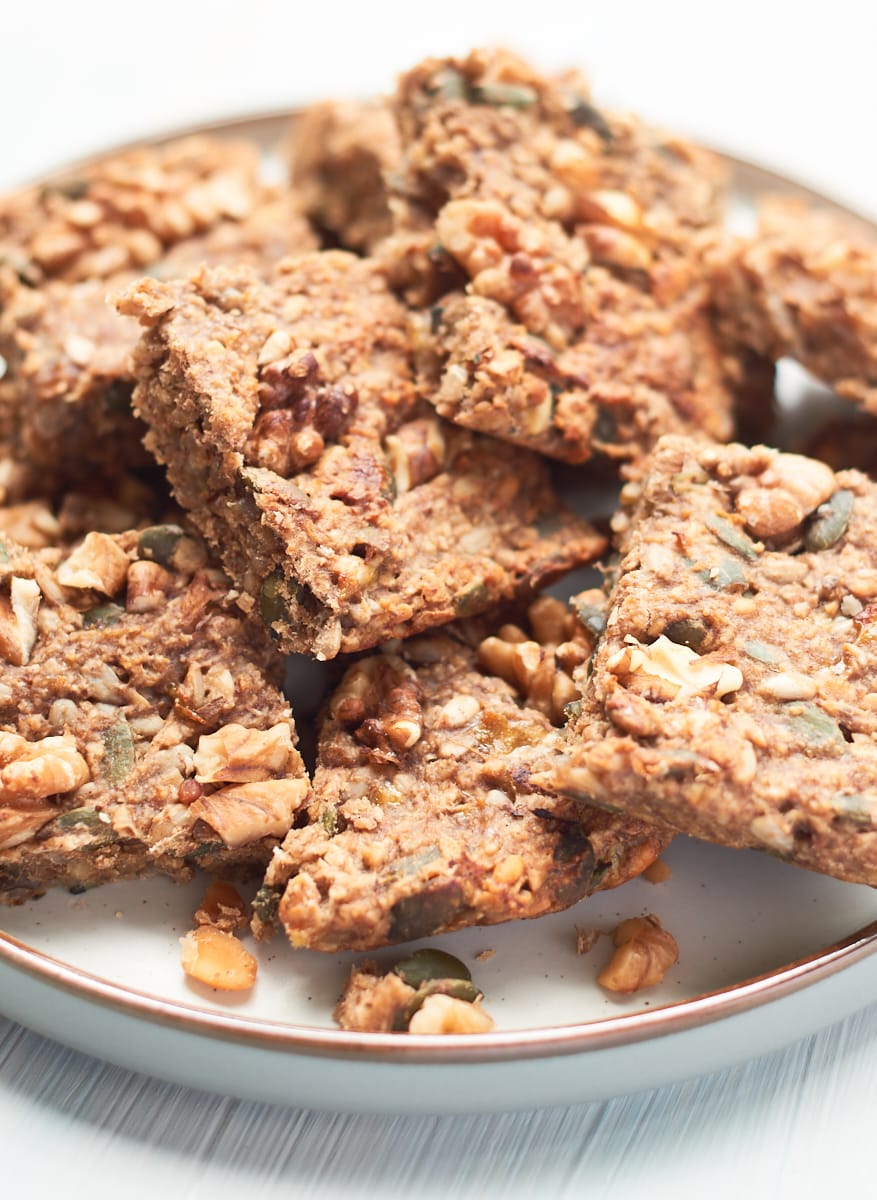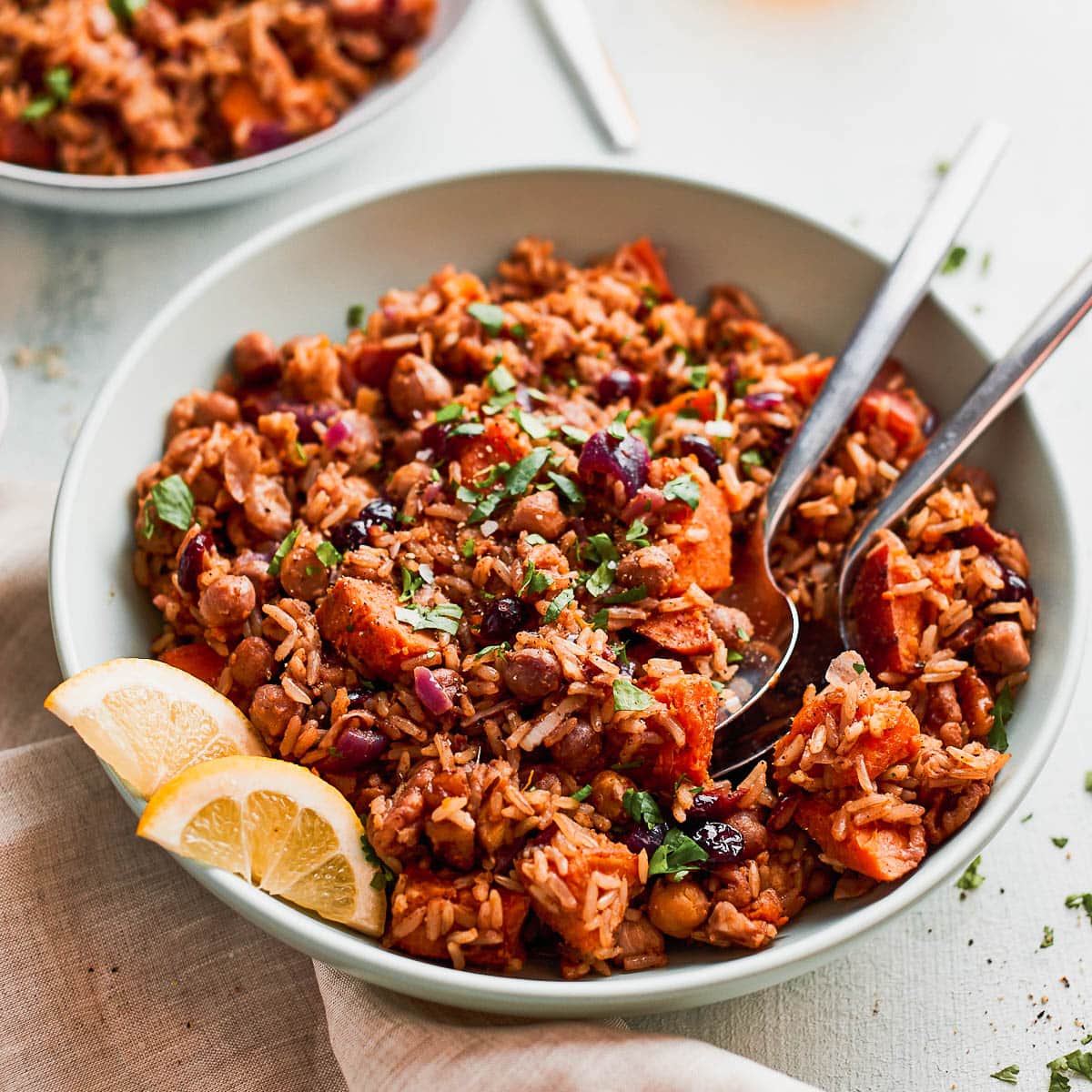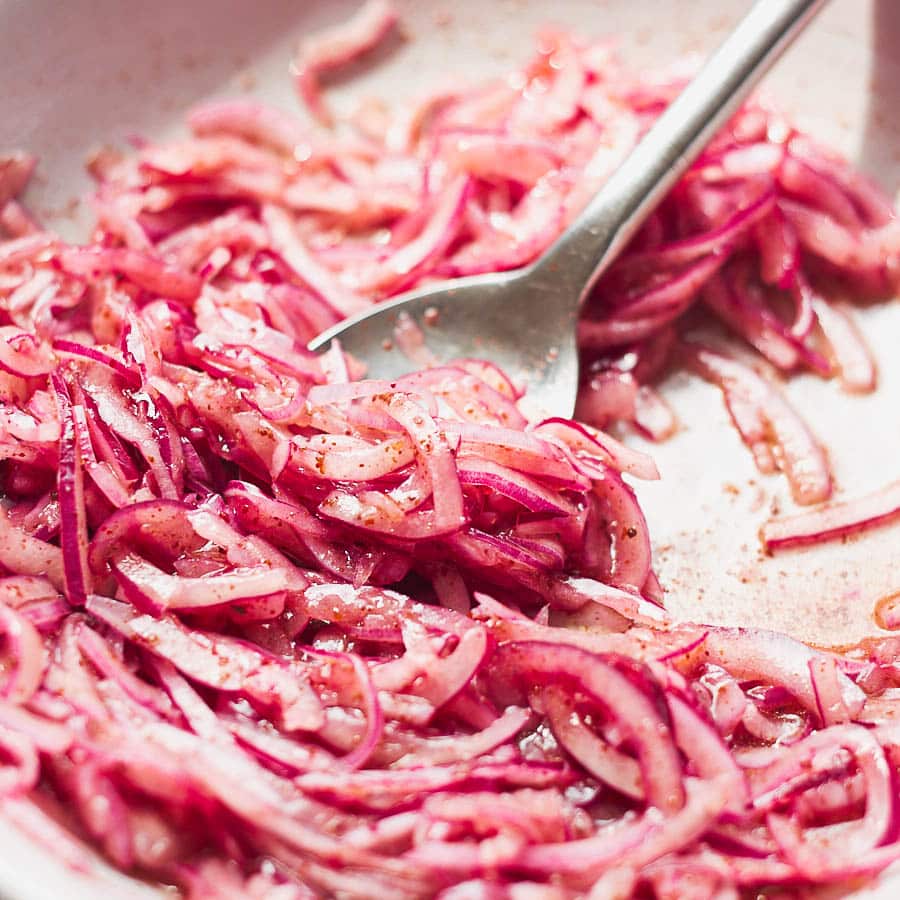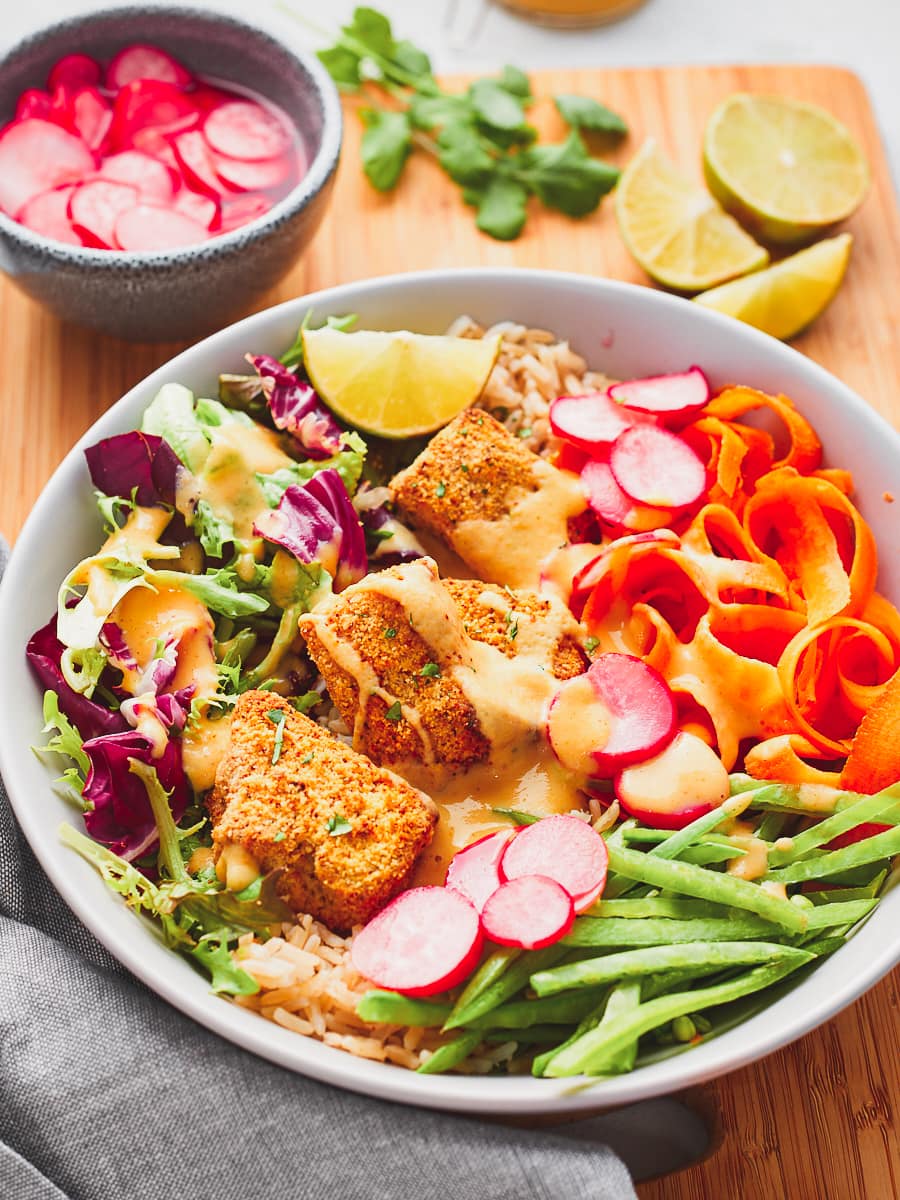Vegan Moroccan Tagine with Chickpeas

Picture this. Warm Moroccan evening. Someone special, smiling at you by candlelight. Adorable kittens playing next to your table (visual assistance below). Beneath your nose, the best Moroccan tagine you’ve ever tasted.

Remi often laughs about how I remember things by what I ate. I can have little recollection of a certain day or event, but as soon as he reminds me what restaurant we ate at, it all comes back! This tagine is certainly one of those dishes. Perfectly spiced, balanced sweetness, tender vegetables. My mouth waters just thinking about it!
A year ago today, I couldn’t imagine that I would be stuck in my house during a global pandemic. Right now I’d love nothing more than to be back in Morocco, sipping mint tea in the shade and dreaming of what I would eat for dinner.
Luckily, on our trip to the Souk I bought some amazing Ras el Hanout, and I’ve been trialling the perfect tagine recipe since.
What is Ras el Hanout?
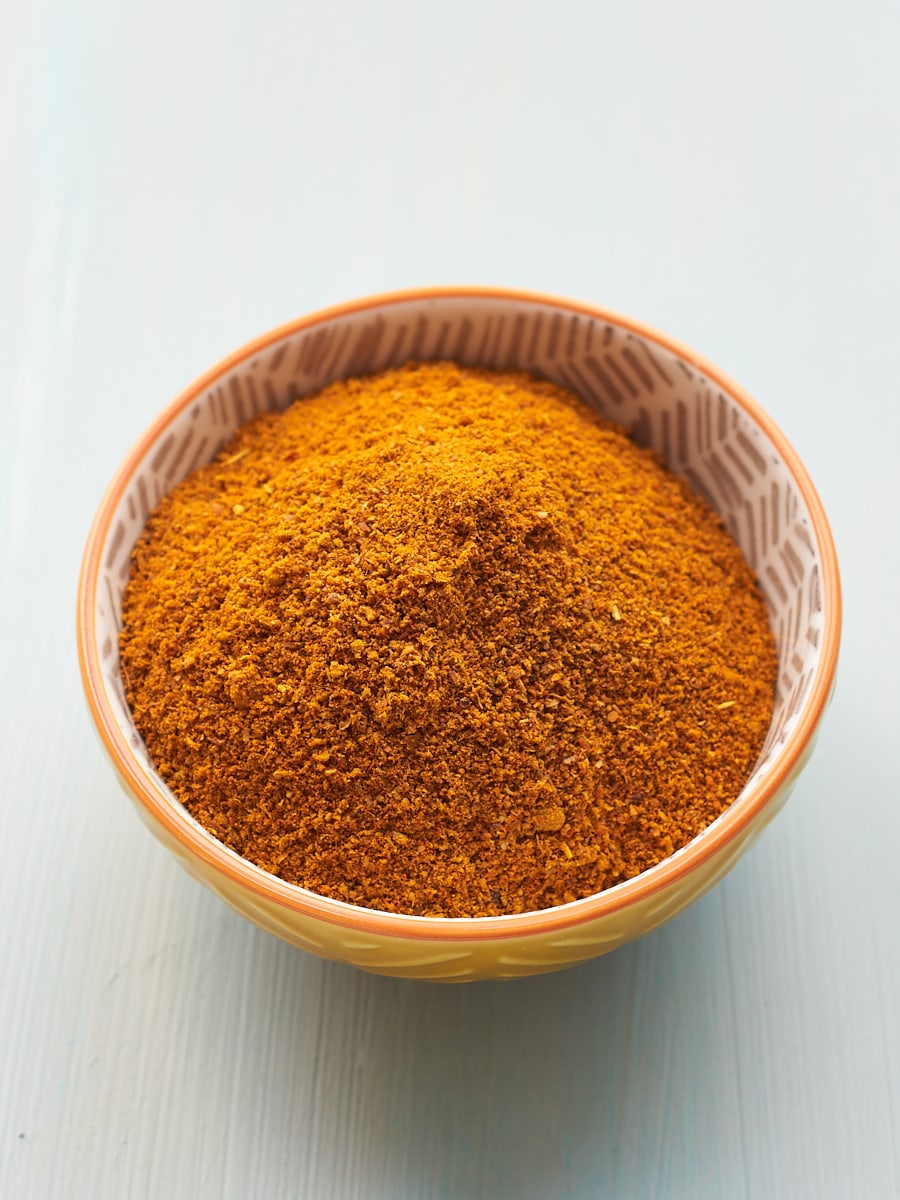
Ras el Hanout is a warm and woody spice, with a hint of sweetness. In arabic, ras el hanout means ‘top of shelf’- essentially, a mix of all of the sellers ‘top shelf’ or best spices. There is no one set of spices that make up Ras el Hanout. The combinations vary from seller to seller, all over North Africa.
Typically made up of over 30 ingredients, mixtures you find in stores in England may be made up of black pepper, coriander, ginger, paprika, allspice, cardamom, mace, nutmeg, turmeric, cayenne, cinnamon, cumin, cloves and rose petals, in varying combinations and quantities- so that’s still a lot of spices! Traditionally, Ras el Hanout does not contain sugar, salt, garlic, or dried herbs. Watch out for these if you’re looking for authenticity when purchasing the spice blend. Alternatively, if you have an overflowing spice shelf like me, you could give it a go at making your own. There are plenty of recipes online, or you could simply go rogue and see what you end up with!
How to make the best tagine
The secret to making this tagine so delicious and so quickly, is by roasting the vegetables in the oven, whilst reducing the rich tomato sauce on the stovetop. Traditionally, tagine is cooked slowly over several hours to allow the flavours to develop, but we don’t all have time for that! Roasting the vegetables releases their natural sugars, resulting in sweet, brown, flavoursome goodness in no time at all. Whilst the vegetables are in the oven, we reduce down tomatoes on the stove with the perfect balance of sweet and spicy from sultanas, ras el hanout, maple syrup and lemon. When the vegetables are cooked and the sauce is rich and reduced, we combine it together for the quickest, richest vegetable tagine you’ll ever taste.
Variations on this tagine

Funnily enough, this recipe itself is a variation on my original recipe. When doing the final recipe test, my local store wasn’t stocking tomato puree as it wasn’t deemed an essential. What did I have? Tomato chutney. As if by fate, the tomato chutney actually added a vinegary sweetness that really lent itself to the dish, so it ended up in the final recipe! Feel free to sub this for tomato puree if you don’t have any chutney.
The vegetables in this recipe are completely interchangeable if you use similar quantities. Try potatoes or sweet potatoes for a more traditional take, or even broad beans or peas for a bit of green seasonal freshness (I wouldn’t advise roasting either of these though).

If you don’t have any fresh tomatoes, you can sub for one can of chopped or plum tomatoes. The chickpeas can also be subbed for any other type of bean. Butter beans work great in this, or a can of mixed beans adds a bit of variety.
Sometimes I like to add a teaspoon of cumin or cinnamon to add a slightly more spiced or sweet taste- have a go yourself and see what you like best. Finally, the sultanas can be subbed for dried prunes, dates or apricots. Just chop them up small and throw them in just the same.
How to cook tagine

As mentioned above, the key to this tagine is roasting the vegetables first. Spread them out on a baking tray with plenty of space, drizzle with 2 tbsp oil and a little seasoning, and roast for 30 minutes until they’re beautifully golden.
Then, in a large pot or pan, fry the onion and garlic in the remaining oil until softened and fragrant. Throw in all of the remaining ingredients- tomatoes, chutney or puree, Ras el Hanout, maple syrup, lemon juice, chickpeas and sultanas. Stir, bring to a low simmer and watch as the tomatoes break down and it all comes together into a thick, richly spiced tomato sauce.
Season to taste, then add in the roasted veg, stir and simmer for 10 minutes more to allow the flavours to meld.
If I have the luxury of time, I like to make this early on in the afternoon and leave covered on the stovetop to allow the flavours to develop. This also applies to making it at the weekend to eat for weeknight dinners. However, it’s perfectly delicious served straight from the pan.
What goes with this moroccan tagine?

This tagine goes great with my easy 15 minute almond and coriander couscous. They’re a match made in heaven, and the couscous can easily be cooked alongside the tagine. If you’re in a rush, just-add-water couscous sachets work a charm. This would also go great with a simple flatbread for mopping up the sweet and spicy juices.
Storing and reheating tagine
This tagine is the number one candidate for being kept in the fridge or frozen! The flavours will continue to develop after cooking, so it always tastes better a day or two later. It will keep well in the fridge for up to 4 days. It can also be portioned up and kept in the freezer for quick weeknight meals for up to 3 months- defrost at room temperature or in the fridge. You can also cook this from frozen, either in a pan or in the microwave. Make sure to start at a low heat and gradually increase as the food starts to defrost.
For more recipes inspired by the world…
- You might like this vegan goulash, which I just had to recreate after a winter trip to Budapest.
- Or for something lighter, try your hand at homemade hummus– you’ll never go back to store-bought!
- I love a good curry, and this vegan shahi korma hits the spot every time.
- For more Middle Eastern flavours, have a go at these beautifully spiced Lebanese cabbage rolls.
- For breakfast, try this vegan tofu shakshuka!

Vegan Moroccan Tagine with Chickpeas
Ingredients
- 2 courgettes chopped into 1 inch chunks
- 1 aubergine chopped into 1 inch chunks
- 2 carrots chopped into 1 inch chunks
- 2 red bell peppers chopped into 1 inch chunks
- 4 tbsp olive oil separated
- 2 red onions sliced
- 6 cloves garlic sliced
- 6 tomatoes* chopped
- 2 tbsp tomato chutney**
- 1 tbsp Ras el Hanout
- 1 tbsp maple syrup or agave
- 1 tbsp lemon juice
- 1 can chickpeas drained and rinsed
- 70 g sultanas
Instructions
- Preheat the oven to 200°/fan 180°/gas mark 6. Place the chopped courgettes, aubergine, carrot and pepper on a large baking tray. Season and coat with 2tbsp of the oil. Roast for 30 minutes until golden and caramelised.
- Meanwhile, in a large heavy pan, heat the remaining oil over a medium-low heat. Add the sliced onion and cook until softened, around 5 minutes. Add the garlic and cook for 2 minutes until fragrant.
- Add all of the remaining ingredients- chopped tomatoes, tomato chutney, Ras el Hanout, maple syrup, lemon juice, chickpeas, and sultanas. Simmer over a low heat until the tomatoes start to break down, around 10 minutes.
- Season to taste. When the vegetables have finished roasting, throw them straight into the pan with the sauce. Mix well, cover, and simmer for 10 minutes to allow the flavours to infuse.
- Serve with almond and coriander couscous or flatbreads.
Notes
Made this recipe?
I’d love to know how you got on- let me know how it turned out in the comments below!
Or if you’d rather you can Pin it, or share it on Facebook (forkfulofplants) or Instagram (forkful_of_plants). Don’t forget to tag me!
Want to hear more from me?
Sign up to my newsletter below and I’ll make sure you’re the first to know when I post a new recipe!








